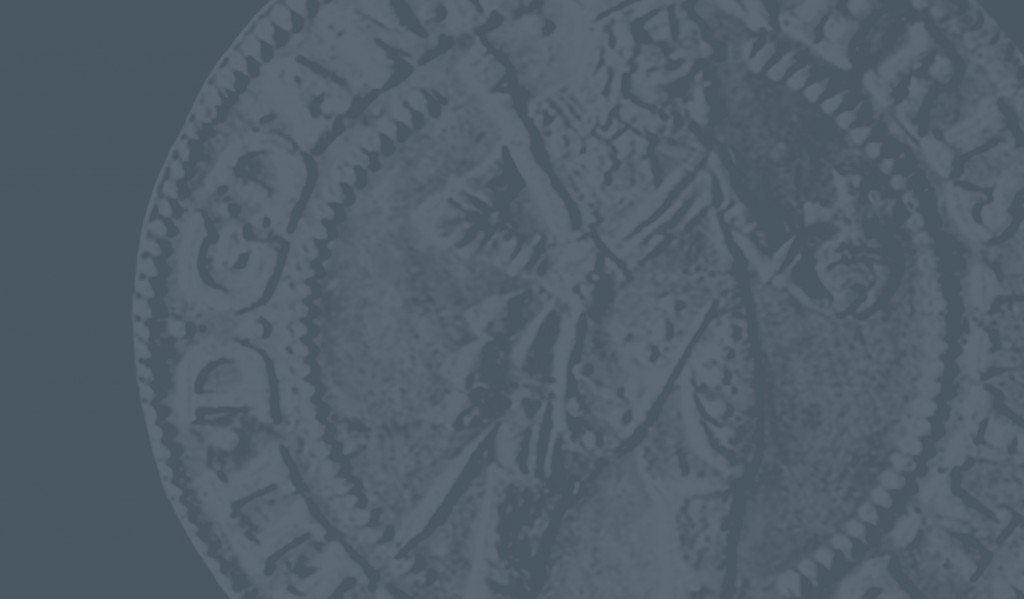
Kupuj i rezerwuj online
Bilety na wystawy czasowe oraz stałe, wydarzenia, wykłady i inne. Zakup online książek i gadżetów.
Spotkania
w Muzeum
Spacery, spotkania kuratorskie, literackie, wykłady i więcej
The decade of 1993-2002 was a time when the Leon Wyczółkowski Regional Museum once again changed its face. In 1999, after several decades, the facility again became an institution managed by the Bydgoszcz Municipal Hall. Returning to local government supervision over the Museum was a challenge for both the municipal council and the Museum itself. The political transformation forced reforms in the Museum’s activities, which, in the new, ever-changing reality, had to adapt to the requirements imposed on cultural institutions by new media and subsequent generations of recipients. Functioning in the realities of the free market required a change in the way institutions operated. In the 1990s, a general renovation of the Granaries on the Brda began, which was completed only after a dozen or so years. Thanks to the modernization of the complex, new exhibition spaces were created there. In the 1990s, the Conservation Workshop located in the building at 7 Mennica Street (currently the so-called „L. Wyczółkowski House”) already conducted extensive activities aimed at improving the condition of the collections. It was equipped with a vacuum table and ventilation extractors – extremely important elements showing the progressing professionalization of this branch of the Museum’s activity.
The 1990s were a time of extraordinary development for our Museum in terms of the quality and number of activities related to art, the presentation of its latest movements and trends developed by contemporary artists in Poland. The cooperation established at that time was often international, giving Bydgoszcz a higher rank on the cultural map of Europe. The fruit of these activities was one of the most recognizable series of exhibitions associated with the Leon Wyczółkowski Regional Museum in Bydgoszcz – Oikos (‘House’ in Greek). The first edition of the festival took place in 1994. A total of 6 editions of the exhibition were held, during which leading Polish contemporary artists presented their installations in Bydgoszcz. New directions of international cooperation were developed, e.g., through an exhibition of works by Jan Cybis, organized in Sofia, Bulgaria, in 1995.
This decade saw a return to the idea of presenting film within the Museum’s walls. This time, the audience did not necessarily consist of the youngest recipients of culture. In 1995, a review of the work of Zbigniew Rybczyński, Oscar winner in 1983 for the animated short film Tango, was organized. A year later, films by other popular artists were shown: Józef Robakowski and Lynn Hershman.
At the turn of the millennium, the Museum was included in an international artistic event Construction in Process. This Earth is a Flower (2000). This exhibition had a hybrid character, combining various smaller events, workshops and artistic activities. The scope of this project went beyond Bydgoszcz’s administrative borders, supporting the city’s cultural integration with its immediate surroundings.
The theme of the Bydgoszcz Mint’s history was presented in the 1990s and at the beginning of the 21st century in an impressive exhibition. The first exhibition, devoted entirely to the Mint’s history, was organized in 1996 in connection with the celebration of the 400th anniversary of the institution’s establishment. A real breakthrough in the Museum’s history and a qualitative leap in preserving the memory of this glorious episode in the history of the city on the Brda River was the creation of the Bydgoszcz Mint exhibition in a rebuilt and adapted building at 4 Mennica Street on Mill Island.
In the 1990s and in the first decade of the 21st century, a large group of objects acquired by the Museum were arts and crafts, in particular Art Nouveau, Art Deco and those made after 1945. Donations related to well-known Bydgoszcz families were extremely important. In 1995, the creation of a collection of artistic photography began, consisting of works by both Polish and foreign artists. An important part of the collection are photographs by Bydgoszcz artists: Bogdan Dąbrowski, Zbigniew Kluszczyński, Marek Noniewicz, Jerzy Riegel, Jerzy Zegarliński, and Wojciech Woźniak. The decade 1993-2002 was also a time of further expansion of the graphic collections. In 1998, the Museum was endowed with the gift of 54 graphics and drawings by Anna Grzęska-Męczyńska. In 2002, the Museum received an interesting collection of archaeological artefacts from the excavations in Osiek, with the objects related to Roman times. Many exhibits were obtained thanks to the excavations carried out in the cemetery of the Wielbark culture population in Zakrzewska Osada. The items included, among others: clasps, beads, combs, spurs, belt buckles, and dishes. Thanks to the research of archaeologists from the Museum in Bydgoszcz, knowledge about funeral rituals in prehistoric times in the lands of modern Poland was expanded.
The new millennium opened new perspectives for the Leon Wyczółkowsk Regional Museum. For further development, the computerization of offices and developed communication in the world of the Internet and social media became a necessity.